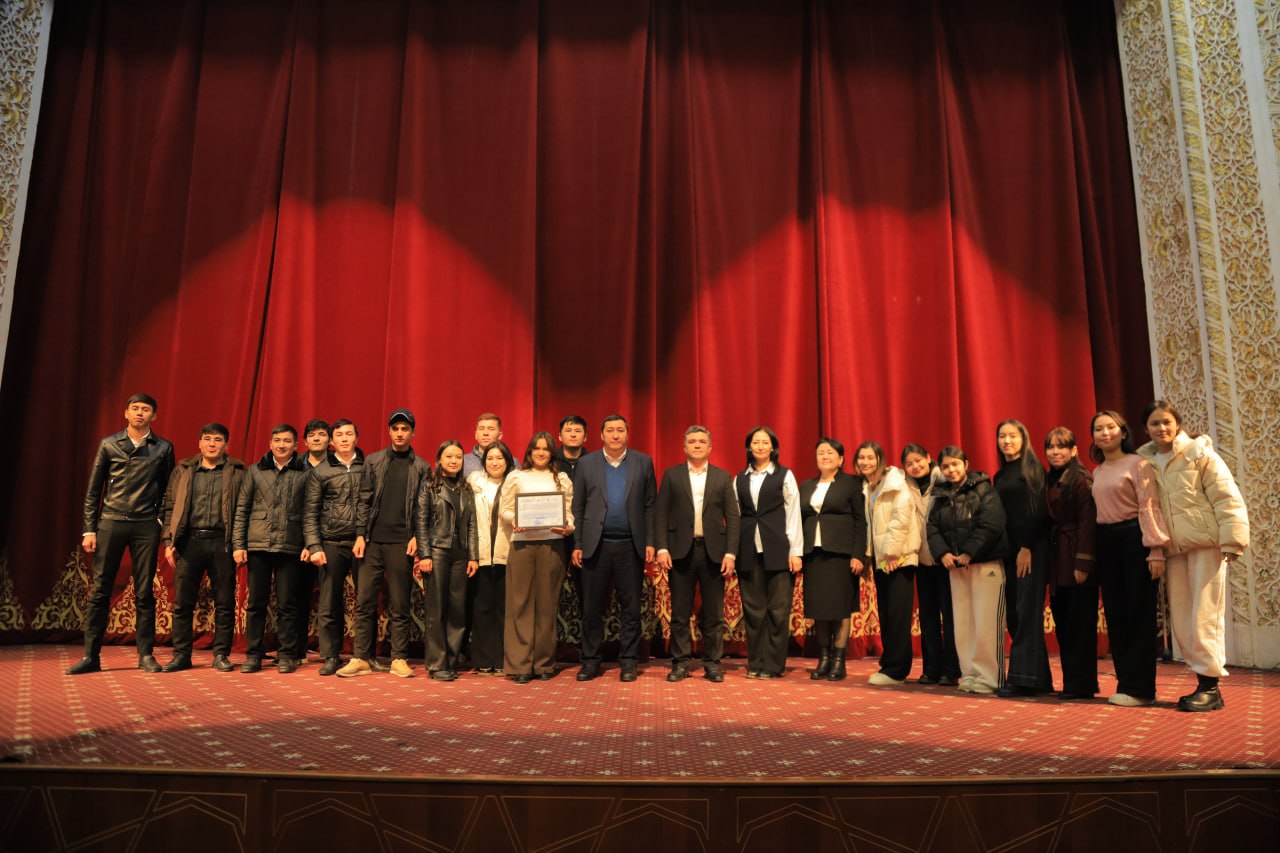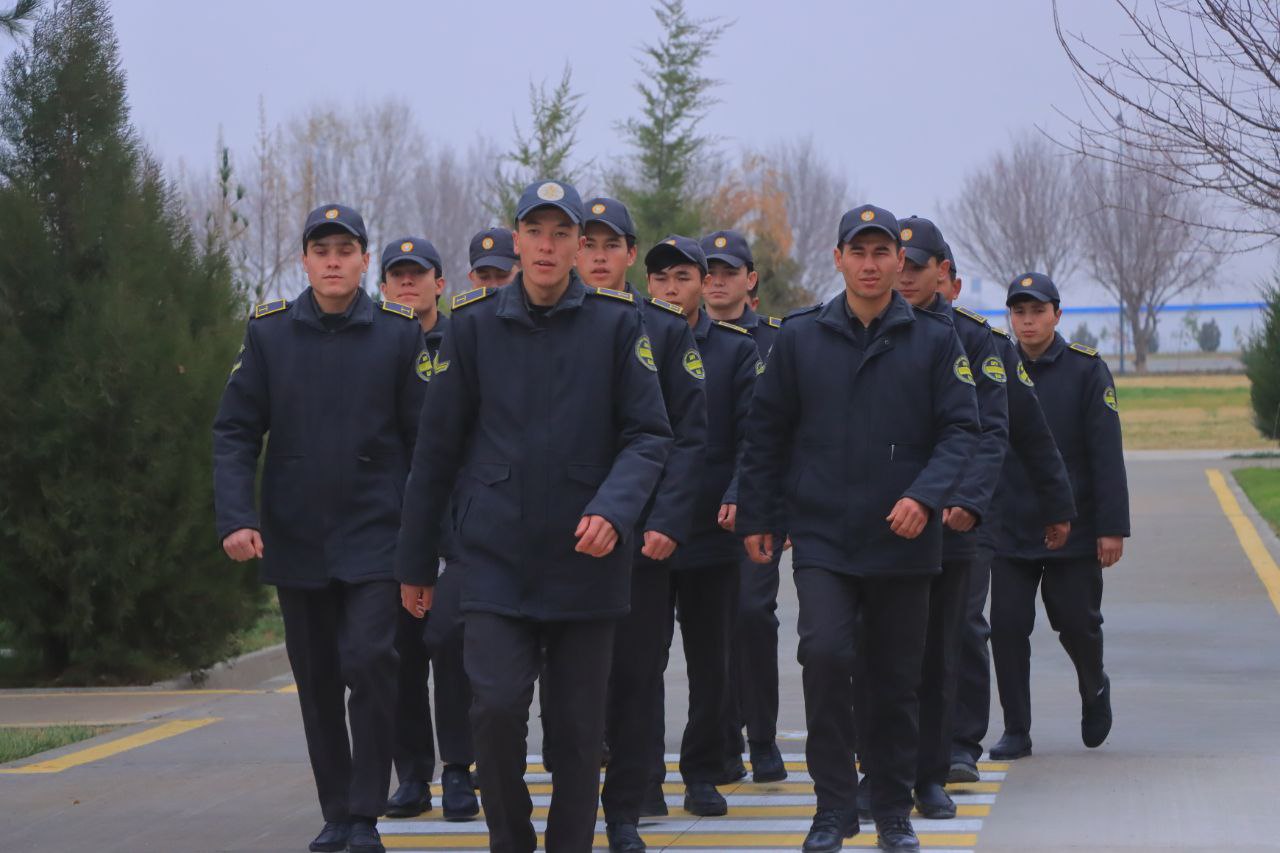UDC: 81.374.822
Toshpulatova Dildora Haydarkulovna
Teacher
Jizzax State Pedagogical Institute of Uzbekistan
4 Sharof Rashidov., Jizzax 130100, Uzbekistan
E-mail: dildora@mail.ru
Berkinov Alisher Abdurashidovich
Teacher
Jizzax State Pedagogical Institute of Uzbekistan
4 Sharof Rashidov., Jizzax 130100, Uzbekistan
E-mail: berkinov@bk.ru
Abstract
The purpose of the work is the theoretical simulation to determine the insolation parameter for solar photovoltaic station. The coefficient of insolation describes the effectiveness of future work photovoltaic cells in certain seasons and periods of time. To calculate the power of a solar station, we take into account the level of insolation, because in each region it is different, and accordingly the power of the panels will also be different And also the factor that allows to measure how much the sun shines in a particular region. Analysis of the distribution of the intensity of total solar radiation according to these data showed a high efficiency of using solar energy for a definite months.
Key words: solar module, solar power plant, autonomous solar power station, insolation.
INTRODUCTION
As we know that the coefficient of insolation describes the effectiveness of future work photovoltaic cells in certain seasons and periods of time. On the other hand, the insolation is the amount of radiation from the sun that hits the surface of a planet. And also the factor that allows to measure how much the sun shines in a particular region. To calculate the power of a solar station, we need to take into account the level of insolation, because in each region it is different, and accordingly the power of the panels will also be different. The lower the level of insolation in the region, the more powerful we need a solar station. To find out the insolation coefficient in the region of some station, we do not need to make additional calculations – we can find the necessary value on the literatures. For example, the average value of the annual insolation level in Samarkand is 3.10 kW· h / m2. If the facility is planned to be used year-round, then additional energy sources are mainly used here. This is due to the fact that in winter the insolation of solar energy in central regions can be 20 times less than in summer. At the same time, increasing the number of panels 20 times, we will face difficulties in placing such a number of panels, increased cost and a large surplus of energy in the summer. There are exceptions for the difference in solar insolation in summer and winter, for example, Eastern region, where sunny days in winter are comparable to summer days.
The goal of this article is the calculation to determine the values of insolation for a solar panels by month and year. To determine the value of the daily insolation of an inclined site, it is necessary to divide the average monthly input of solar radiation to the same site, which has the same angle of inclination as the solar panels, by the number of days of the month.
RESULTS AND DISCUSSIONS
Basic physical parameters of solar electric station is the insolation, which is determined by statistical observation of the rural or mountainous terrain. The degree of radiation of surface modules parallel beam sun rays coming from the direction in which is visible at any given time of the solar disk center we call the actual insolation. The degree of practical insolation certain area depends on the orientation solar panels relative angle to the horizon and latitude, time of year. Note that the surface of this area determines the seasonal distribution of solar irradiation. For example, the angle of incidence of sunlight on the surface at the equator will have a maximum value, and toward the poles there is a tendency for them to decrease with distance. This means that at the equator, solar radiation has the maximum possible value, and from it to the poles this value begins to decrease according to certain regularities. The solar panel is directly located on the roof of the house shed, then the angle of station of the solar modules must be taken into account (see Table 1).
Table 1. Insolation and energy values by month
| Month | Insolation | Energy |
| Jan | 120 | 6.31 |
| Feb | 189 | 9.45 |
| March | 331 | 16.70 |
| Apr | 462 | 23.62 |
| May | 645 | 32.76 |
| June | 681 | 34.01 |
| Jule | 687 | 35.10 |
| Aug | 591 | 29.89 |
| Sep | 430 | 21.10 |
| Oct | 272 | 14.12 |
| Nov | 122 | 5.97 |
| Dec | 82 | 4.24 |
Figure 1. Insolation value by month
Firstly, we calculate the insolation parameter for the month of August or middle of the year. To do this, we will use the well-known expression for insolation on the average day of the month
(1)
where – is the order number of the day, counted from January 1 (the number of the average settlement day for each month of the year). If we keep in mind that its numerical value is of the order of , then we have
(2)
Note that analogical calculations were performed for the remaining months and their numerical values listed in table 1. A visibility table data presented in Figure 1.
Table 1. Insolation value by month
| Month | Jan | Feb | March | Apr | May | June | Jule | Aug | Sep | Oct | Nov | Dec |
| Grad | -22 | -15 | -3.3 | 8.9 | 17 | 22.8 | 20.6 | 15 | 3.1 | -8.9 | -20 | -22.9 |
Figure 2. Insolation value by month
Figure 2 shows the values of the total solar radiation on a horizontal surface on average for a calendar year. According to these data, the total solar radiation on the horizontal surface had a maximum value in July. Analysis of the distribution of the intensity of total solar radiation according to these data showed the high efficiency of using solar energy for 7 months (April-October).
CONCLUSION
In this work, we performed calculations to determine solar insolation for one autonomous solar station. To determine the value of the daily insolation of an inclined site, it is necessary to divide the average monthly input of solar radiation to the same site, which has the same angle of inclination as the solar panels, by the number of days of the month. Analysis of the distribution of the intensity of total solar radiation according to these data showed a high efficiency of using solar energy for 7 months (April-October).
REFERENCE
1 . Okhotkin G.P. Methodology for calculating the capacity of solar power plants, Bulletin of the Chuvash University 2013,43(3), 46-57.
2 . Kaziev Z.V., Kucher M.I. Development of ideas about energy, energy and the possibilities of alternative energy, Military Institute of Material Support Volsk, Russia, 2016, 12(5), 42-46.
3 . A.M. Kondakov Alternative energy sources – M .: Priva, 2006. 185 p.
4 Taylanov N.A. P Calculating energy parameters in a solar power plant. Uzbek Physical Journal, 2018, 20(1), 78-82 .
- Taylanov N.A. The computation energetical parameters solar power station. International Scientific Conference. “The role of women in modern science and technology” Uzbekistan, Jizzakh Polytechnic Institute, Jizzakh, Uzbekistan April 12-14, 2017, 56-57.





